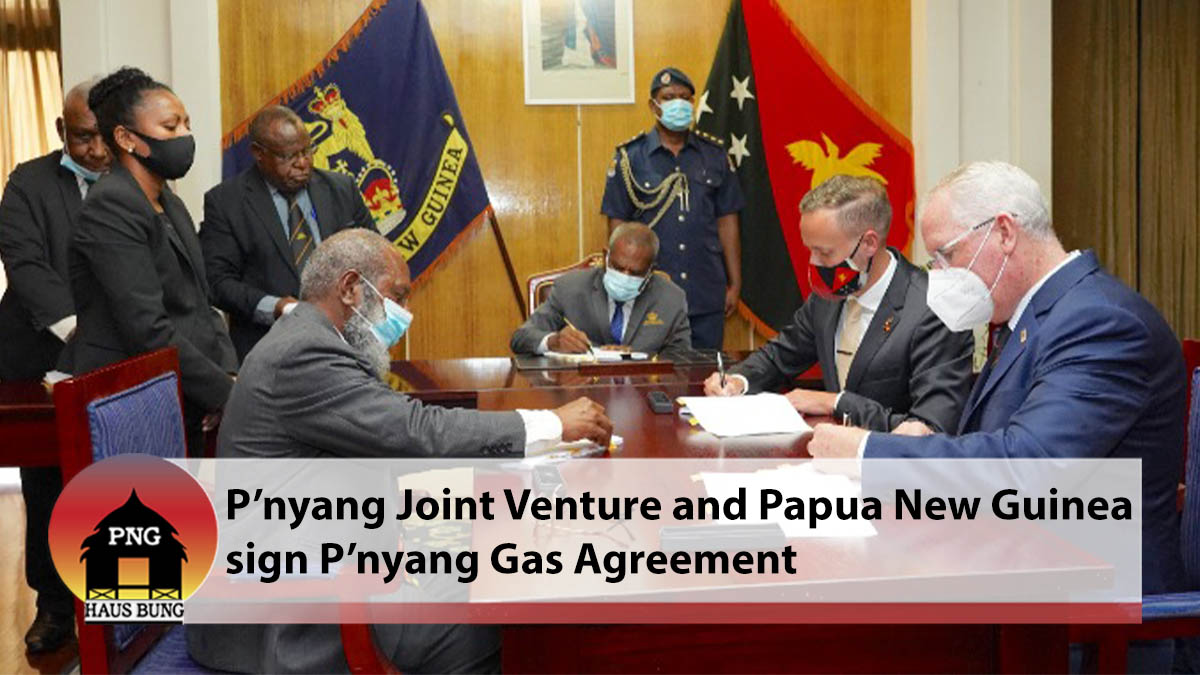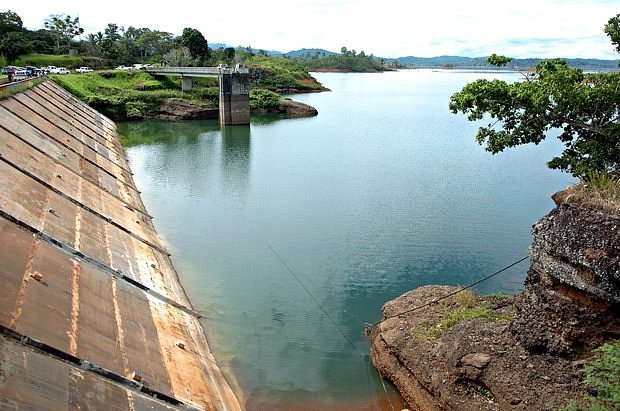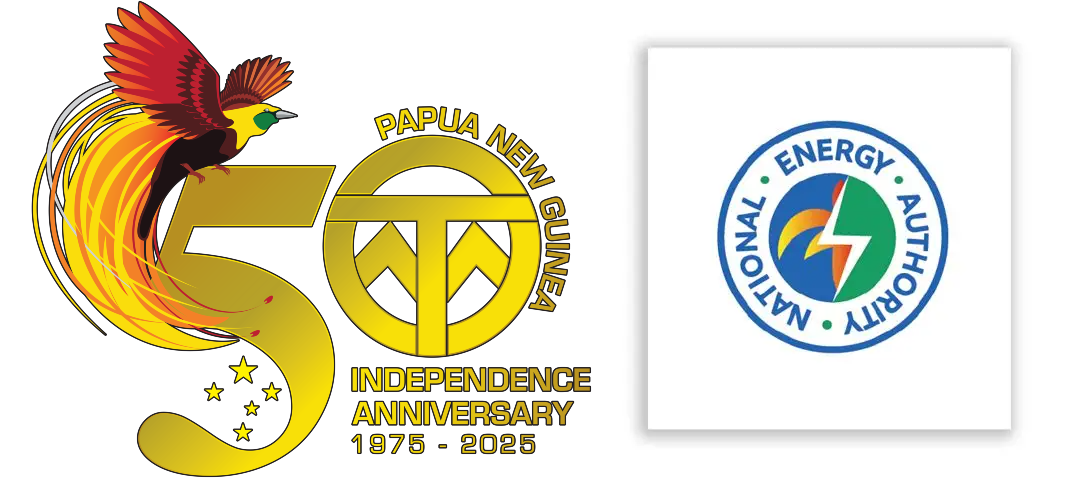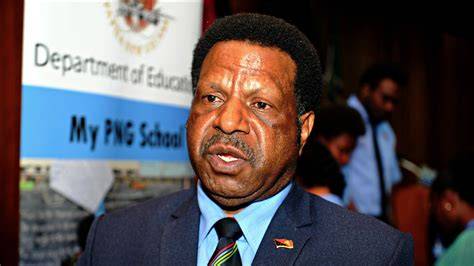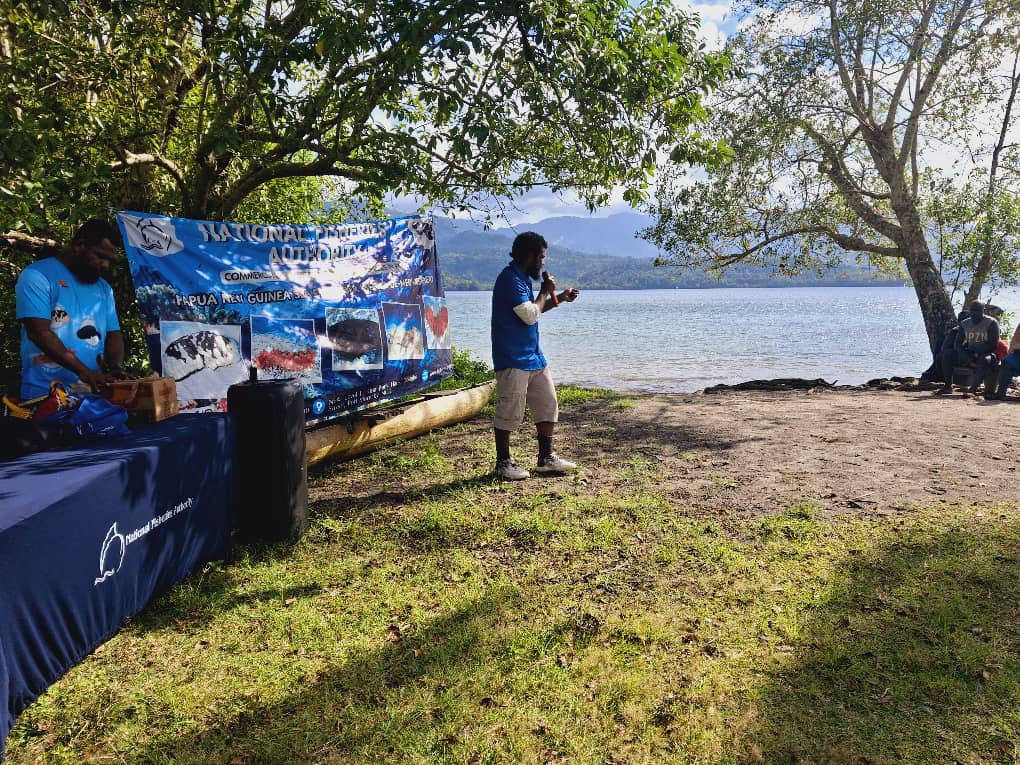On 22 February 2022, the Independent State of Papua New Guinea and the P’nyang Project co-venturers, including Esso PNG P’nyang Limited and Ampolex (Papua New Guinea) Limited together with affiliates of Santos and JX Nippon, signed the P’nyang Project Gas Agreement for the proposed development of the P’nyang LNG Project.
Key takeaways:
- Gas Agreement execution provides a firm framework towards the P’nyang Project’s future development
- Gas Agreement reflects the Government’s desire for phased development of the Papua and P’nyang projects and its focus on provincial and national benefits
The proposed ExxonMobil-operated P’nyang Project would deliver LNG by constructing new upstream facilities in Western Province linked to existing infrastructure. Subject to a final investment decision by the P’nyang Project co-venturers, the P’nyang development is proposed to commence after the Papua LNG Project in support of ongoing economic development in Papua New Guinea.
The P’nyang Project would be an independent project, with landowner benefits to be provided under a
future benefit sharing agreement to be negotiated by the State in accordance with the Oil and Gas Act.
“The P’nyang Project Gas Agreement supports the Government’s vision to promote long term development in the country and for our people,” said Prime Minister James Marape.
“On behalf of the country and our people, I am both pleased and proud to mark this milestone. ExxonMobil has demonstrated its continued commitment to Papua New Guinea through the outstanding operatorship of the PNG LNG project, and we look forward to continuing our partnership well into the future with the P’nyang Project.”
Speaking at the conclusion of the signing ceremony, Minister for Petroleum Kerenga Kua noted that “the P’nyang Project is a key part of the Government’s integrated development strategy. We appreciate ExxonMobil’s collaboration and look forward to seeing benefits flow to the people of Western Province as well as the nation.”
“On behalf of Esso PNG P’nyang Limited and the other co-venturers, I want to thank Honourable Prime Minister James Marape, Honourable Minister for Petroleum Kerenga Kua, the Western Province Governor Honourable Toboi Awi Yoto, the Gulf Province Governor Honourable Governor Haiveta and all of the members of the State Negotiating Team for their leadership and collaboration, ” said Peter Larden, Chairman of Esso PNG P’nyang Limited.
“The execution of the P’nyang Project Gas Agreement marks a significant milestone and provides a clear framework towards the P’nyang Project’s future development.”
The P’nyang Project would provide some four years of additional construction activity after Papua LNG, with this multi-billion Kina investment driving continued economic growth for the nation as well as provinces involved in the project. Infrastructure tax credit (ITC) projects in support of infrastructure needs in Western province and other involved provinces are expected to commence this year.
Upon completion, the P’nyang Project would make available up to five percent of gas produced to the Western Province or another agreed location to support the government’s electrification efforts.
The focus on national content would support local job creation in the Western province and other involved provinces, with the Papua New Guinean workforce and local businesses benefitting from economic opportunity as well as training and skills development programs.
In parallel, social investment initiatives in collaboration with the provincial and national governments as well as
community stakeholders are designed to further enhance community livelihoods.
The P’nyang field is located within Petroleum Retention License 3, which covers 105,000 acres (425 square kilometers). The field is estimated to have 4.36 trillion cubic feet of gas.
Esso PNG P’nyang Limited, a subsidiary of Exxon Mobil Corporation, operates the license and, together with Ampolex (Papua New Guinea) Limited, has a 49 percent interest. Affiliates of Santos and JX Nippon have a 38.5 percent interest and 12.5 percent interest respectively.
